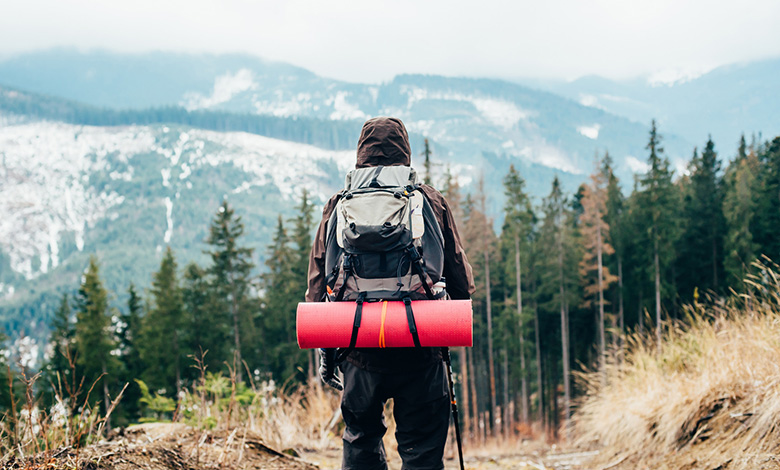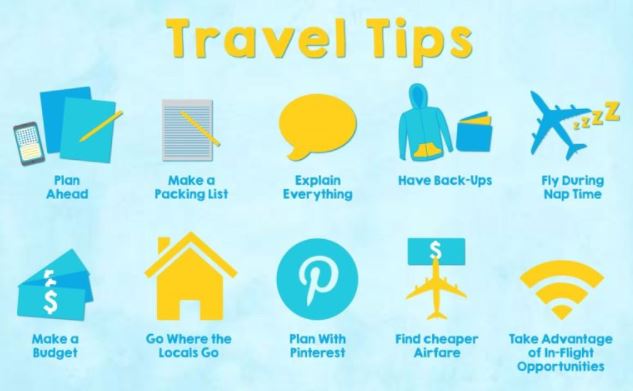Are you planning a backpack riding? Backpacking is one of the best ways that people can be close to nature and also explore themselves in a challenging way as they build great memories. But before you step onto the track, it’s crucial to make sure that all of your gear is ready enough for securing, cusing and enjoying on your journey. In this article, we will be discussing the must-have equipment that you would need in your backpacking preparation which includes slumber systems to navigation gears along with consideration of apparel and accessories.
Table of Contents
Sleeping Systems:
Sleeping in the world of backpackers is one among the most important aspects that require to be considered. Nevertheless, you would be wearing a big p.C., covering hundreds of grounds and using plenty energy each day. For you to recover, there is a need of comfortable and warm bed system.
Tent:
Choosing the proper tent depends on elements which include weight, sturdiness, ease of setup, and ability. Generally speakme, you’ll need a 3-season tent which can handle rain, wind, and mild snow. Look for a freestanding layout that units up quick and easily, and ensure it is large sufficient to deal with you and your gear.
Sleeping Bag:
Like tents, sound asleep baggage are available in a variety of styles and designs. Down vs. Artificial, mummy form vs. Square, hooded vs. Non-hooded – the options can appear overwhelming. Ultimately, you’ll need to prioritize warmth, weight, and compressibility. Consider the predicted temperature stages for your trip and choose a bag rated consequently. Popular manufacturers include Western Mountaineering, Feathered Friends, and Enlightened Equipment.
Sleeping Pad:
A napping pad serves two number one capabilities: imparting insulation from the bloodless ground and supplying a cushioned surface for slumbering. Again, weight and packability are crucial elements to recall. Closed-mobile foam pads just like the Therm-a-Rest RidgeRest SOLite are light-weight and low cost, whilst inflatable pads just like the Therm-a-Rest NeoAir XLite provide superior consolation and heat at a better price factor.
Navigation Tools:
Even in case you’re sticking to marked trails, it’s nonetheless crucial to carry navigation equipment. Electronic devices like smartphones and GPS watches may be on hand, but they also can fail because of dead batteries, poor signal reception, or harm. That’s why it is crucial to carry analog navigation gear as a backup. Here are some hints:
Map:
Bring a detailed topographic map of the area you’ll be exploring. Maps show landmarks, contour traces, elevation advantage and loss, and potential dangers like cliffs or steep slopes. Keep it in a protective case and refer to it frequently to stay oriented.
Compass:
A compass is an crucial tool for determining route and retaining your bearings. Make sure you recognize how to use it efficaciously, along with declination adjustment.
Altimeter Watch:
An altimeter watch uses barometric pressure to estimate your elevation. Many contemporary watches additionally consist of capabilities like GPS monitoring, dawn/sunset times, and typhoon signals. Popular brands encompass Suunto, Garmin, and Casio.
Clothing and Accessories:
Choosing the proper garments and accessories could make a big distinction in terms of comfort and protection. Here are a few suggestions:
Base Layer:
Moisture-wicking base layers are important for staying dry and heat in wet or humid conditions. Merino wool and artificial fabrics are famous alternatives.
Insulating Layer:
Insulating layers like fleeces, vests, and jackets help preserve frame warmness and block wind. Down or synthetic insulation are commonplace options.
Outer Layer:
A water resistant, breathable outer layer (also called a “hard shell”) helps shield you from rain, snow, and wind. Look for features like pit zips, adjustable hem and cuffs, and bolstered seams.
Footwear:
Hiking boots or footwear need to be comfortable, supportive, and appropriate for the terrain. Consider factors like weight, sole stiffness, ankle assist, and waterproofing.
Accessories:
Other useful add-ons may encompass shades, hat, buff, gloves, gaiters, and trekking poles.
Food and Water:
Staying hydrated and energized is vital for backpacking fulfillment. Here are a few hints:
Water Treatment: Plan on treating all water resources to kill bacteria, protozoa, and viruses. Options encompass filters, chemicals, and UV mild gadgets.
Hydration Bladders: Hydration bladders are convenient approaches to hold water and drink on the go. Look for ones with wide mouth openings for easy filling and cleaning.
Nutrition: High-electricity foods like dehydrated food, power bars, and jerky are ideal for backpacking. Make certain to p.C. Enough energy in your deliberate activities and then a few.
How much food should you pack for a backpacking trip?
When choosing what food to pack for a backpacking trip, you should take into account parameters like the load intensity of your activity and body weight; as well as how many days will be spent in an unfamiliar environment. As an overall guide, expect roughly 2 lbs of food per person per day for a single ‘three-season’ backpacking trip
At the same time, this may change according to your specific requirements and inclinations.
Calculate your daily calorie needs: Try to get by at 2,500-4,500 calories per individual every day.
Consider your body weight and metabolism: Lighter hikers could have lower food needs, while heavier or fast metabolism-based ones should need more.
Factor in the intensity of your activity: If you are trekking a long distance or at high altitudes, scattered calories to keep energy balanced may be necessary.
Plan for extra snacks: If you feel like using some extra snacks if they are running out of energy or even don’t want to have what was brought.
Pack a variety of food types: Make sure that you have a variety of calorie-dense, nutrient dense foods to ensure your energy level is good.
Keep in mind that it’s safer and less stressful to pack a bit fewer food supplies since you can always lower the numbers on your way. However, feel like you are hungry; you can eat more or supplement with some snacks.
Conclusion:
By investing in quality tools and working towards proper judgment, you can ensure a successful and exciting backpacking journey. Have fun available!


